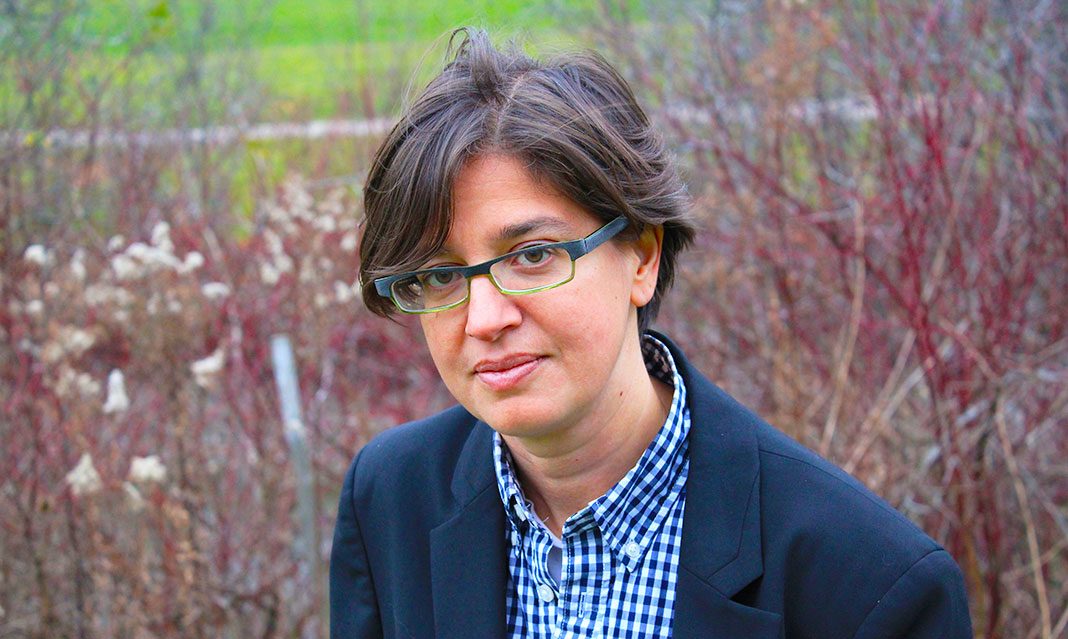Dr. Tara Vinodrai, an associate professor of geography at UTM and a faculty member of the Innovation Policy Lab, received the best article award at the Association of Collegiate Schools of Planning’s annual conference. The award recognizes the research paper she co-authored with Dr. Markus Moos, an associate professor at the University of Waterloo, and graduate students Nick Revington and Michael Seasons. The Medium sat down with Vinodrai to discuss the topic and impact of the award-winning article.
Vinodrai’s article, titled “Planning for Mixed Use: Affordable for Whom?”, examines how mixed-use zoning affects housing affordability. Mixed-use zoning refers to areas with shared commercial, residential, and sometimes, industrial activity. The term ‘mixed-use zoning’ can also be used to describe an area with different types of housing, such as single-family houses, semi-detached housing, and low-, mid-, or high-rise apartments among other types. More recent city developments tend to plan for mixed-use, whereas in the past, most GTA zones would be single-use. For example, the neighbourhoods surrounding UTM consist of nearly identical houses in residential areas and there are separate areas designated for commercial use. In comparison, new developments such as the condos located near Erin Mills Town Center are designed for commercial activity at the lower level and residential units on upper levels.
“The assumption is if you plan for mixed-use neighbourhoods, you’ll get both a variety of housing types and a variety of economic activities, but you’ll also end up with a social mix. The hope is if you allow for this, it will lead to a more diverse city, both economically and socially,” explains Vinodrai. “It’s always assumed but never really tested [so] we decided that the research would be a great way to sort of test out these theories and see what actually happens on the ground.”
Vinodrai discusses how her and Seasons were both interested in answering “what happens in cities as they change and gentrify in terms of the planner’s toolbox.” Their research revolved around analyzing Toronto between 1991 and 2006, specifically focusing on mixed-use zones and housing affordability. What Vinodrai and her team found was that mixed-use zones continue to be less affordable than other parts of the city.
Vinodrai says that city planners “need to do more than just plan for mixed-use [and] think a little harder about what we can do to ensure equity of the city.” In her more recent work, she has found that “cities want to talk about housing and economic development [but] they don’t think about the two together very much.” New plans for development in downtown Mississauga include numerous positive factors such as investments in greenspace, transit, and housing; however, the government has given little attention to affordability. “I think that’s [a] missed opportunity [for] local municipalities to step in and say, ‘We will let you go ahead with this plan, but you need to include some revisions,’” Vinodrai advises. Working towards affordability in growing cities is possible and we see examples of it in Canadian cities such as Montreal.
Vinodrai hopes this research will “encourage local governments and policymakers to think about…how we [can] support an innovation economy and tech economy, but [also] how [to] do so in ways that don’t displace people.” Seeing that the paper has garnered recognition among academics, planners, the real estate community, and the public, Vinodrai hopes that planners think beyond a zoning designation to “ensure that a mix of land-use also leads to a mix of housing and people across the spectrum [in order] to actually include that equity dimension.”



